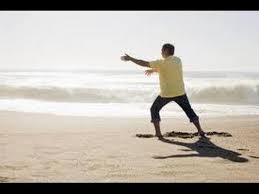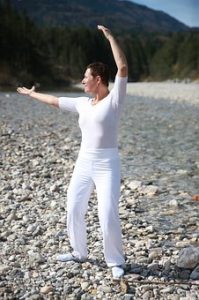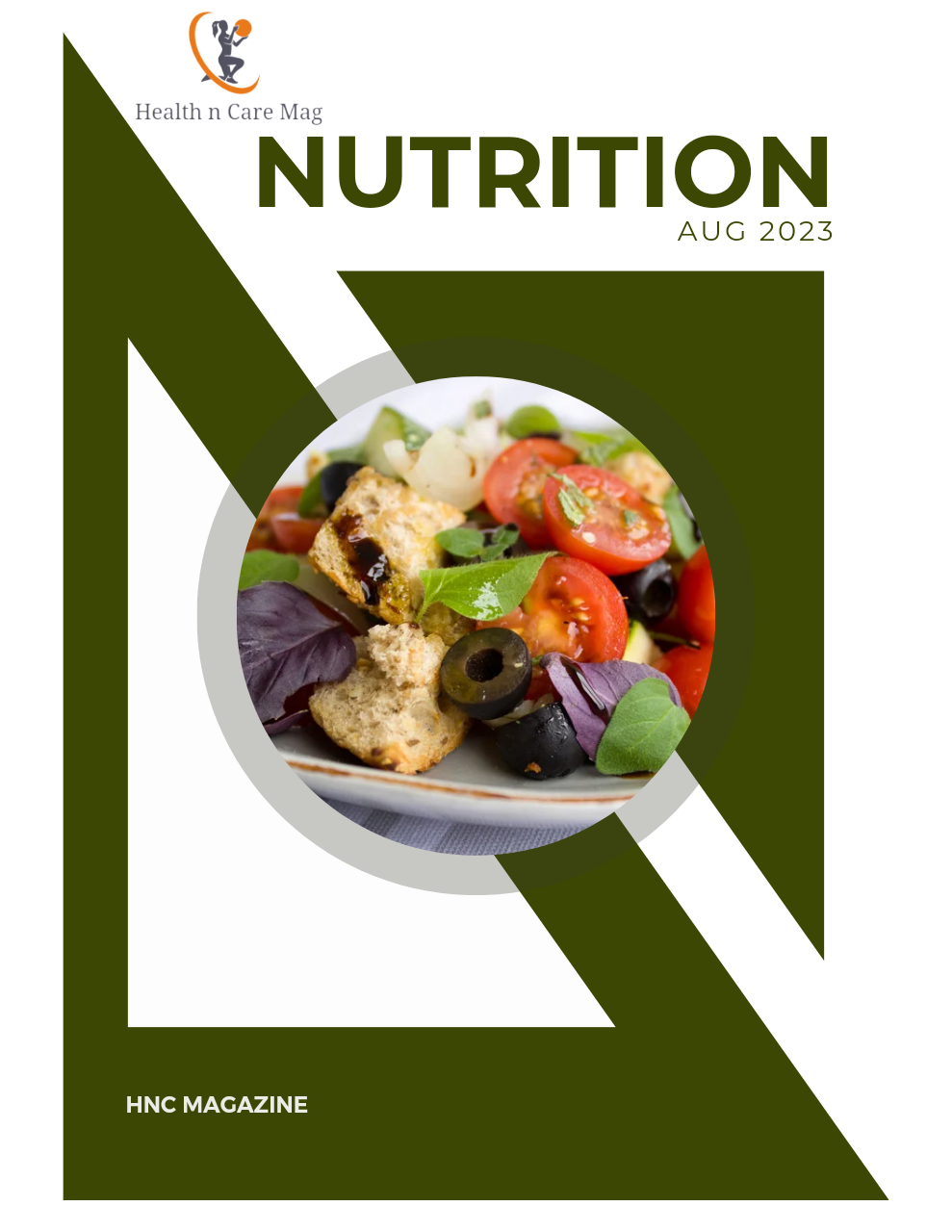Standing Stake — The Most Important Exercise for Tai Chi

The most basic exercise in Tai Chi Chuan is called Zhan Zhuang. Deciphered from Chinese, it implies “standing like a post,” so it is by and large insinuated by Western instructors as “Standing Stake” or just fundamentally “Standing.” It is Taoist in origination and it incorporates reflection, yet it’s a great deal more than that. It’s a basic bit of any inside military skilled worker’s arrangement.
To the untrained eye, it makes the feeling that someone doing Standing Stake is as of late staying there with his arms around an indistinct tree, yet as with everything related to Tai Chi, looks are misleading, and there is altogether more proceeding than meets the eye.
Standing Stake energizes you develop an engaged position. It empowers you make sense of how to “sink your imperativeness.” Now, don’t take that genuinely. There’s nothing powerful about it and it doesn’t mean you’re sinking some perplexing essentialness waves. It simply that you make sense of how to not pass on your weight in your chest, as a lot of us do, making us be shaky. As you get ready in Tai Chi, you make sense of how to loosen up your weight and the base part of your body winds up clearly more grounded and more solid.
Standing Stake is moreover an exceptional way to deal with strengthen the legs. Students find their legs shaking and replicating after only two or three minutes. Pushed understudies can stay for 30 minutes or more.
Standing Stake moreover causes you develop a sentiment peng jin – peng “imperativeness.” This is a wide feeling that should be accessible all through all improvements in Tai Chi.
Here is a basic portrayal on the most capable strategy to do Standing Stake:
1. Stay with your feet parallel and shoulder-width isolated.
2. Loosen up the knees and let them curve insignificantly.
3. Loosen up. Drop your weight. You have to feel just as all your weight is dropping into the ground through your legs and feet.
4. Lift your hands to chest level just as grasping a tree.
5. Keep your head up and chin imperceptibly tucked in.
6. In case this is your first time, you are likely slanting backward. You don’t comprehend it. From the waist up, tilt forward until the point that it feels like you’re slanting to some degree forward. By at that point, you’re in all likelihood about right.
7. Your weight should be in the point of convergence of your feet – not the heels or the toes or lump of the foot. It should be in the point of convergence of the two feet.
Since you’ve gone up against the position, you can begin to work. Besides, that is the thing this is. Rely upon it. There are self-depicted Tai Chi “authorities” that will unveil to you that to be One with the Universe you ought to pull back and consider nothing.
That is not substantial. Here are a bit of the methods you can take as a youngster:
1. Loosen up all parts of the body. Start with the head and neck, by then loosen up the shoulders and let them drop. Loosen up the arms – keep them out in the tree-grasping position, yet loosen up them. Loosen up the separation down the body.
2. Imagine imperativeness coming into the body as you take in. Imagine it assembling in your dan t’ien district (just underneath the navel and inside the body – about the measure of a grapefruit). Each time you take in, imagine the essentialness coming in, gathering at your “Inside” and creating more sultry.
3. Do what is called “pivot unwinding.” As you take in, pull the mid-locale in. As you inhale out, let the mid-district and dan t’ien domain expand outward and drop down.
4. Endeavor to set up an assessment “peng jin.” Imagine your arms getting a handle on a noteworthy ascent of imperativeness. Imagine that air stash stretching out as you inhale out. Your arms are holding it in, protecting it from getting greater.
5. Separate your mind from worries over your life, your work, bills to pay, family extend – endeavor to focus on loosening up, breathing, setting up and centering, and peng jin, the opinion advancement. Loosen up. In case you begin considering diverse things, essentially turn your cerebrum back to your breathing, imperativeness portrayal, and centering.
The main event when you do Standing Stake, hold it for 5 minutes. Consistently starting there ahead, endeavor to add a minute to your time. You’ll feel it in the legs on the off chance that you’re empowering them to curve possibly and loosening up your weight.
By and by, here’s the outcome. When you go to work, or go home, or are out driving through development and you gone over a condition that conventionally makes stress or weight or shock – loosen up your body, put your mind on your dan t’ien, and endeavor to find the “engaged” supposition detachment that you chip away at in the midst of Standing Stake.
It doesn’t come viably. This takes work – physical and mental work. However, after a short time, with discerning effort, you can find your “Center” paying little mind to what is going on around you. I’ve been doing this since 1987 and I can avow that it works, however just in case you do it.
It also amasses leg quality for Tai Chi, a noteworthy part of your preparation, and it builds your ability to maintain peng jin, the expansive feeling, through every improvement – similarly a key segment of Tai Chi.
Standing Stake is something you should work into your arrangement design. The points of interest can help you in all parts of your life.



